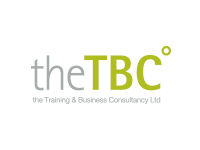Increased employment levels may mean a subdued period for pay growth and productivity.
What does this mean for your business? How can you best utilise existing talent to increase productivity but still take on new staff?
The latest labour market statistics show that unemployment levels are finally falling. Recent figures state that unemployment has fallen from 7.4% to 7.1% in a single month. Whilst this doesn’t mean that we are likely to see such a drastic fall every month, it is certainly a step in the right direction. The survey also showed that the number of people who are working part time due to a lack of full time work has now started to fall as well.
Some of the best news is that the number of young people who remain unemployed for over a year has also fallen to a new low.
It’s encouraging to see that employment levels are rising, however there are drawbacks for businesses linked to employment levels rising. Companies may find that in the fourth quarter of the year may see little or no growth in productivity. Businesses taking on new staff are likely to see a drop in productivity over the training period, but this will pick up with time.
While employment levels are on the rise, productivity levels in the UK are low. The long term picture is that businesses need to tackle this overall productivity problem if we all want to move forward. It will require policy makers, employers and trade unions to work together to find ways of stimulating investment, looking at long term skill needs and making better use of the existing workforce’s skill set. It’s an important issue of which business owners need to stand up and take notice. Keeping this in mind will help benefit the economy as a whole, helping all businesses in the long run.




